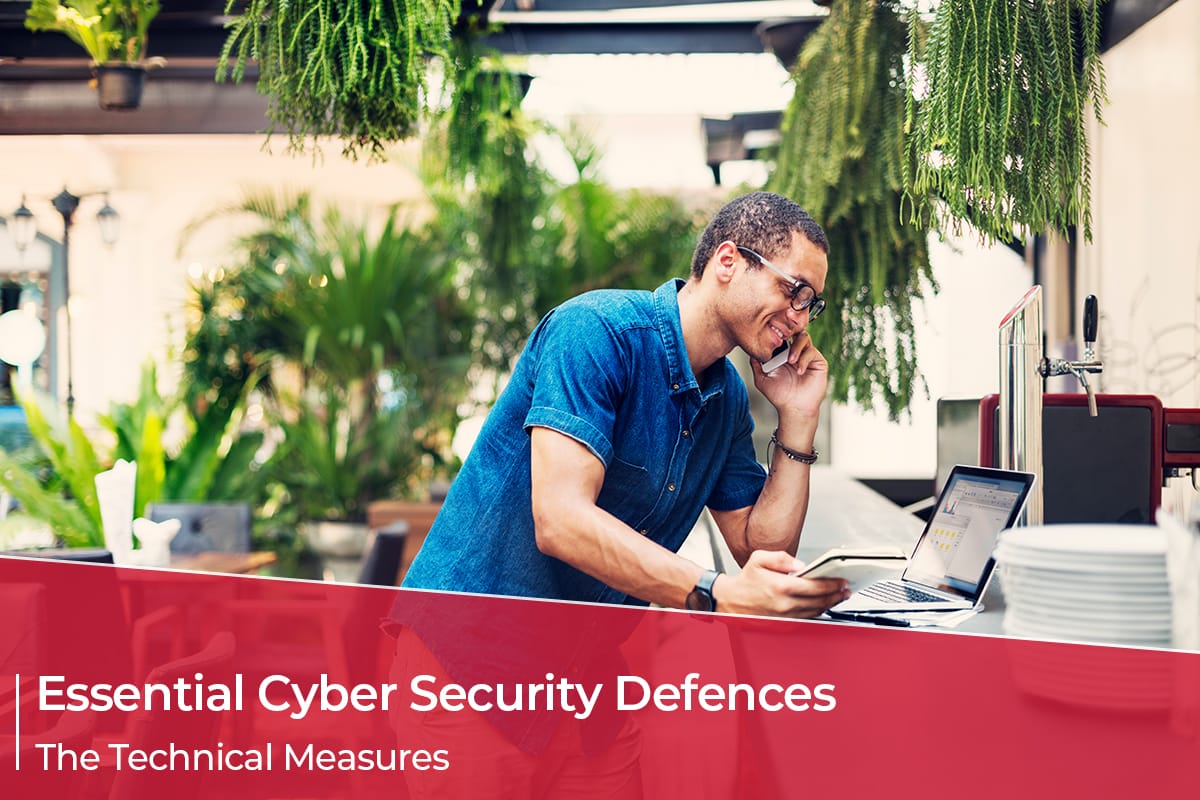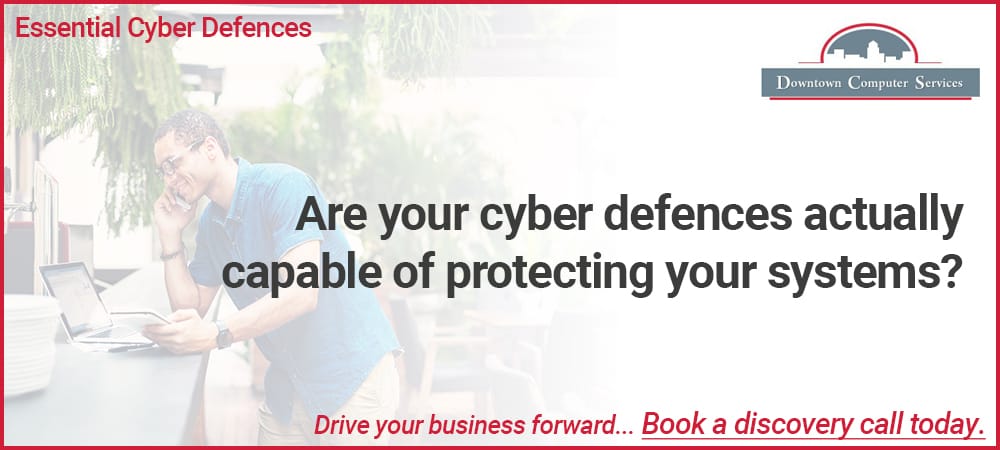
10 Aug Essential Cyber Security Defences – The Technical Measures
Now we know some of the threats and how to combat them, the following article will explore the technical measures you should introduce in order to guarantee that your cyber environment is as safe as possible and able to combat cyber threats.
The technical measures
Firewalls
Firewalls filter traffic passing across a network boundary based on a set of predetermined rules. You must appoint a Firewall administrator; their job is to manage these ‘rules’. They will configure the Firewall to block high-risk actions, whilst simultaneously permitting access to the online services required by users. In this way your users can navigate the system with very little resistance but cyber criminals will be stopped in their tracks.
Multi factor authentication
Multi factor authentication lets you know that the users who are trying to gain access to your systems are who they say they are. This is done by requesting authentication through another device (via text message or email) where only the individual concerned can access that device. Multi factor authentication is great when trying to bolster an already strong defence.
Secure passwords
One of the most important security measures of all is passwords. Everyone has passwords on one account or another – which is why it is unfathomable that so many people don’t use them to their full potential. The best passwords consist of a random collection of letters, numbers, and other characters, all of which should have no meaning or relevance to the user. Users often don’t do this as it can be difficult to remember the password when made so random, but this is no excuse! It is still essential none the less – you should make them as hard to work out as possible.
We will now list some key principles for your team – and yourself – to follow in order to guarantee strong passwords:
- Length – the longer the better. Make your password over 10 characters and ensure that it contains a combination of letters and numbers and characters (random, if possible).
- Difficulty – If it is too easy to remember do not use it! Avoid easily guessable passwords with recurring numbers (123, 678), as well as common words that are easily associated with you (eg [Petname]123).
- Change – Change your passwords periodically. There is always a chance that your account has been hacked and the cyber criminal is already operating inside your system.
- Cases – Use upper- and lower-case letters randomly.
There are a variety of different password management tools on the market that will allow you to generate, store, and manage your users’ – and your own – passwords. Password managers will generate complex passwords on demand for you and your users, allowing you to place your password responsibility on them.
Passwords are often overlooked, sometimes just to make things easier for the user. This is the wrong approach! Passwords are arguably the most important part of all cyber security measures available on the market – they will be the first line of defence for your systems against cyber attacks so they do need to be correctly generated and implemented.
Anti–malware measures
Anti-malware measures need to be installed on ALL computers and laptops both at home and in the office. Yes, you may get a free one from the manufacturer, BUT you can’t trust that it will be suitable for your business.
Manage permissions
Managing permissions – for people both in and outside of your organization – is very important to stop unauthorized access, manage permissions to confidential information, sensitive data, and system settings. If a cyber criminal gets access due to poor management permissions then Malware intrusion is likely, and the cyber criminals may make changes to your current security settings with the intention of making future attacks easier.
Data encryption
The cyber criminal’s intentions are to encrypt your data, so you must beat them to it – encrypt it yourself and become the key holder. We know this can sound like a very backward thing to do but voluntarily encrypting your own data is different to it being encrypted by a third party. Data encryption is the process of scrambling the readable text of your files and documents so they can only be read by the person who holds the ‘key’ – by doing this first you are essentially turning the tables on the cyber criminal and creating further problems for them in trying to gain access.
Better protect your business
Our team of experts enable companies to enjoy the advanced opportunities offered by Cloud technologies. Our Cloud solutions include offsite data backup, data sync services, Hosted Exchange, and Office 365. Those same experts will work alongside you to be sure we not only implement the best technological solutions to improve the way you work but also ensure it is as straightforward as possible. You and your team will be educated throughout the entire process and be confident that your systems are secure at all times.
Contact us now to find out how we can help you.

